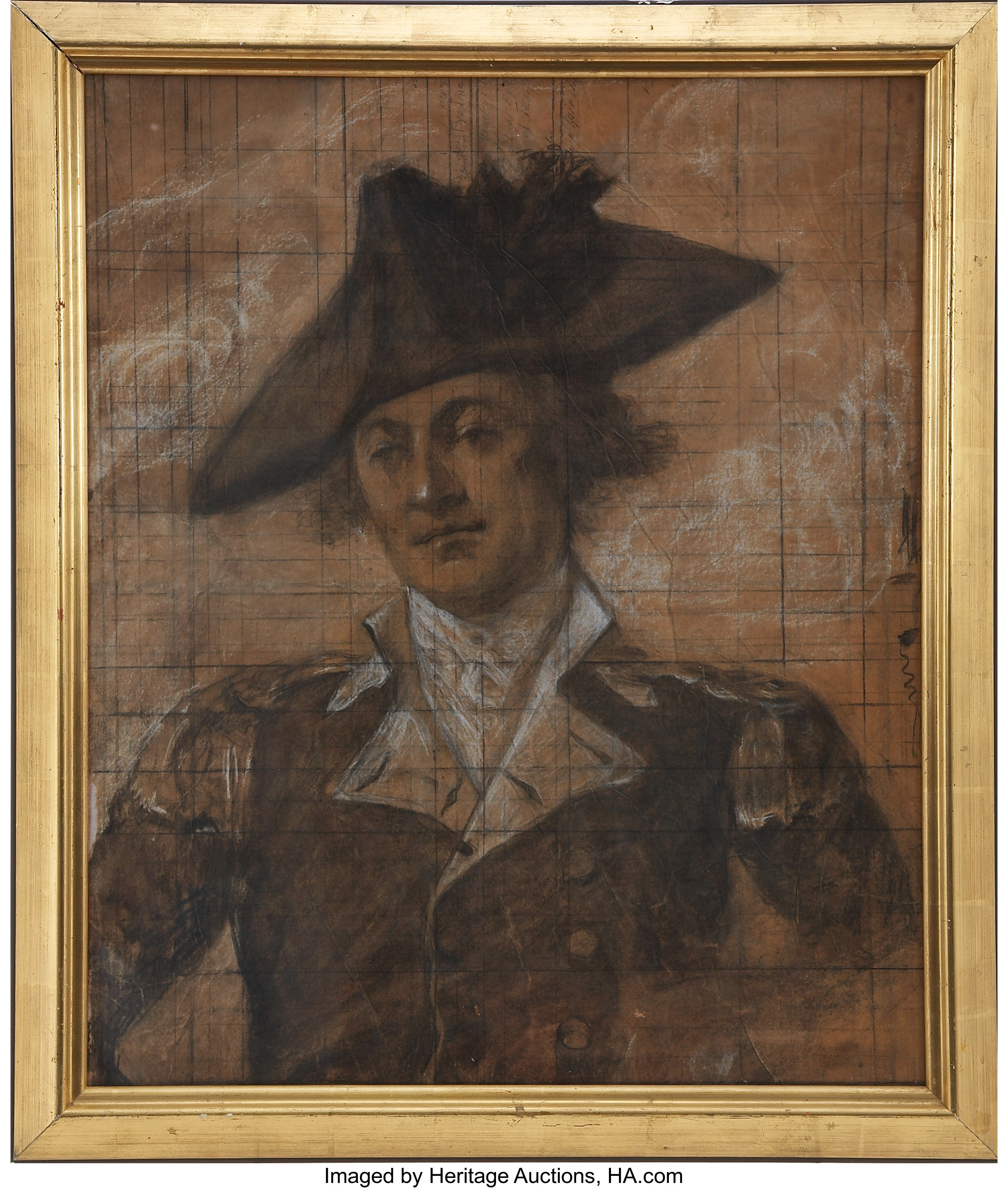
By Jim O’Neal
John Trumbull (1756-1843) deservedly earned the sobriquet as the “Painter of the Revolution.” He actually started out as an aide to General George Washington, but ended up in London, where he developed into a highly respected artist. One of his paintings, which illustrates the signing of the Declaration of Independence, graces the $2 bill that features Thomas Jefferson. The bill was issued in 1976 to observe the bicentennial of that historic event.
Another of his numerous works is the The Capture of the Hessians at Trenton on Dec. 26, 1776. This one naturally features General Washington again, but there is also a depiction of future president, Lieutenant James Monroe, being treated for a near-fatal damaged artery.
An even more famous painting of the times is an 1851 oil on canvas that also features Washington – Washington Crossing the Delaware on Dec. 25-26, 1776. It was painted by Emanuel Leutze (1816-1868), a German-American immigrant. Once again, we find James Monroe holding the American flag – the Stars and Stripes – which critics are always quick to remind was a flag not adopted until the following year, 1777. Some nitpickers also harp that the time of day is wrong, the ship is incorrect, and (sigh) even the chunks of ice in the river aren’t right.
But the role of James Monroe as a true hero is beyond any doubt.
Often called the “Last of the Founding Fathers,” he was the fifth president of the United States and like Washington, Jefferson and Madison, the son of a Virginia planter. It is sometimes overlooked that in the first 36 years of the American presidency, the Oval Office was occupied almost exclusively by men from Virginia. Somehow, John Adams (Massachusetts) managed to squeeze in a quick four years as president (1797-1801) before sneaking out of Washington, D.C., when Thomas Jefferson ousted him.
James Monroe entered politics after his service in the Revolutionary War and systemically worked his way up after serving in the Virginia legislature. He was a U.S. senator, a minister to France, and then governor of Virginia. After helping negotiate the Louisiana Purchase, he served as minister to Britain, followed by another stint as Virginia’s governor. But after only four months, President Madison offered him an appointment as secretary of state to help draft the recommendation to Congress that led to the declaration of war against Great Britain in 1812.
When the war got off to a poor start, Madison wisely appointed him secretary of war and Monroe held both of these critical Cabinet positions until the war ended. After the war, the prosperity of the country improved dramatically and with Madison’s strong support, Monroe easily was elected president in 1816.
Taking office when the country finally had no unusual problems, the 58-year-old Monroe was bold enough to declare during his inaugural address: “Never did a government commence under auspices so favorable, nor ever was success so complete. If we look to the history of other nations, ancient or modern, we find no example of a growth so rapid, so gigantic, of a people so prosperous and happy … the heart of every citizen must expand with joy … how near our government has approached to perfection…”
It was truly the “Era of Good Feelings!”
Things change … and they will again.
 Intelligent Collector blogger JIM O’NEAL is an avid collector and history buff. He is president and CEO of Frito-Lay International [retired] and earlier served as chair and CEO of PepsiCo Restaurants International [KFC Pizza Hut and Taco Bell].
Intelligent Collector blogger JIM O’NEAL is an avid collector and history buff. He is president and CEO of Frito-Lay International [retired] and earlier served as chair and CEO of PepsiCo Restaurants International [KFC Pizza Hut and Taco Bell].
